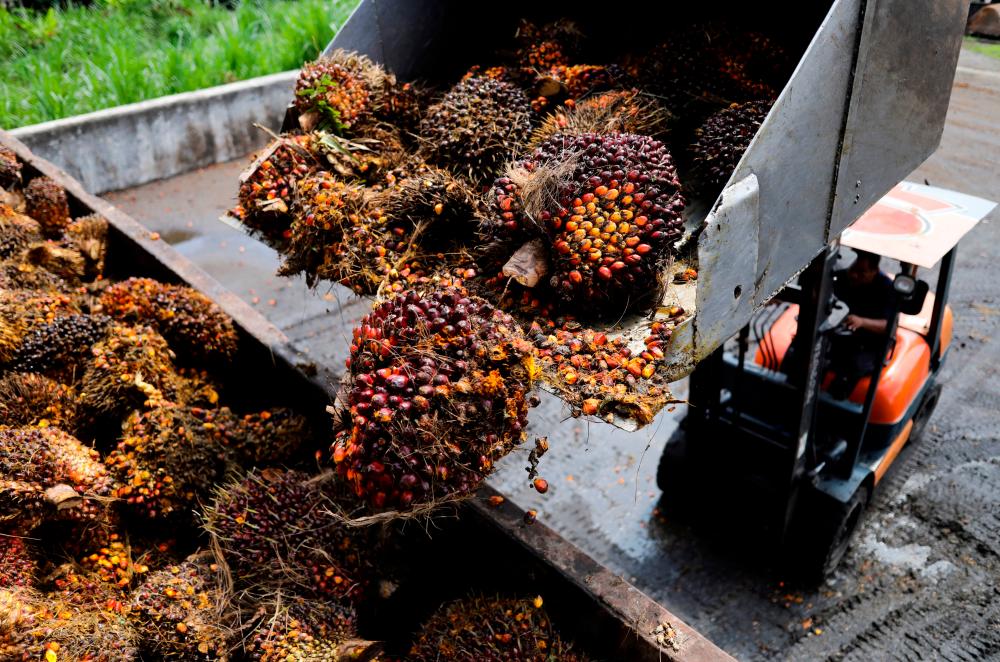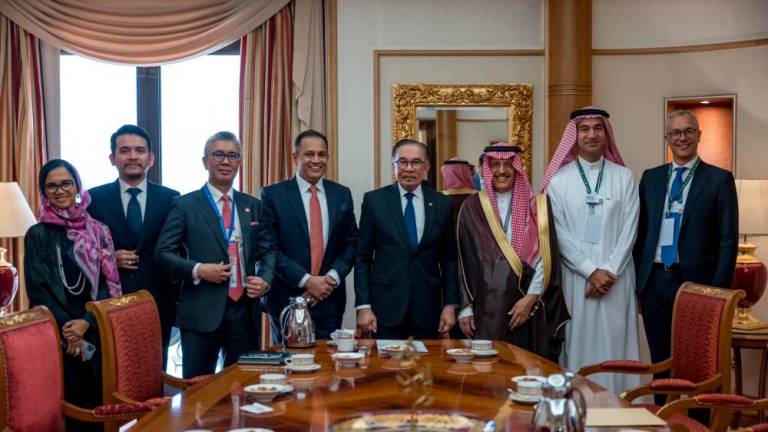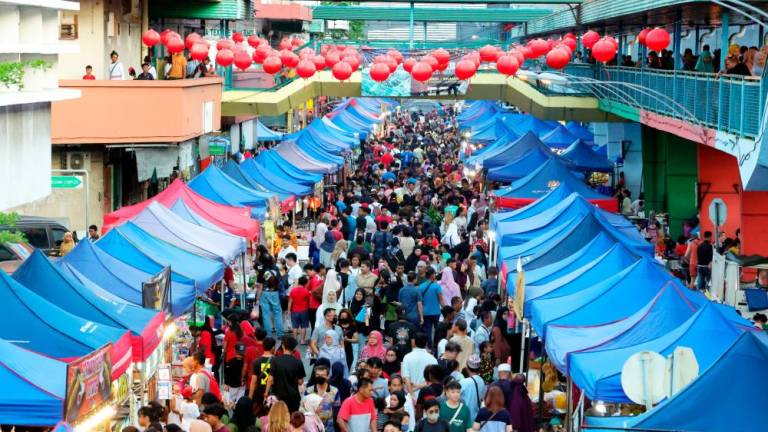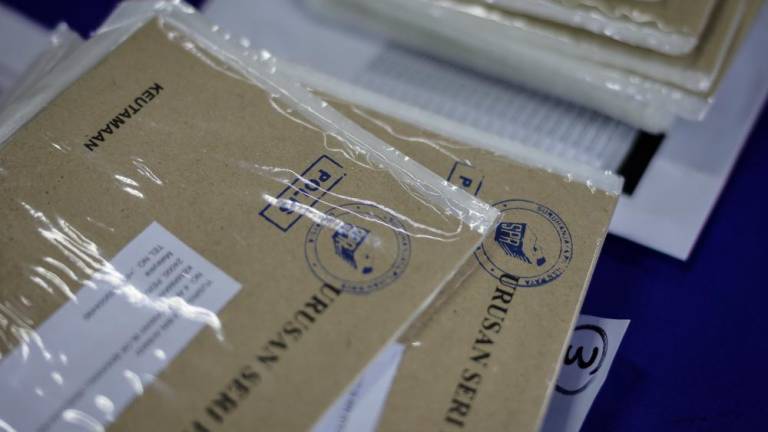IN an earlier article, I mentioned Joe Walton, the managing director of Unilever’s Plantation in Malaysia, and he had expressed hopes of finding new levels of productivity through the work of the research department on developing tissue culture to clone oil palm. However, at that early stage, no one could see the bumps along the way.
In the mid-1970s, I had a look at the first palm tissue culture in Bedford, England when I was visiting the Unilever Research Centre, and in the greenhouse among other plants was a young oil palm tree.
I was enjoying the hot humid air, away from the bitter cold outside in winter, and felt like I was back in Kluang, Johor. I was not listening to the scientists although I caught on that it had not been easy to culture the tissue of an oil palm. The tissues did not develop easily even if they were from the leaves, stems or roots.
After numerous trials, the tissue being treated with the right nutrient solutions could grow further with roots, leaves and stems in test tubes. When planted in the greenhouse, the trees developed seemingly like normal palms.
The first clonal palms were planted in Pamol Estate near Kluang in 1977, and after the soil was tamped hard, we had a small celebration. Walton was present, with Dr R.H.V. Corley and agronomist Law Ing Hock. We congratulated Dr Laurie Jones who had come from Bedford with the plantlets. The palms were growing normally.
This raised our hopes and soon Corley, the head of research in Kluang, gave a paper at a conference that the potential for tissue culture was high as each palm would bear fruit in the same way as from the source of the tissue. Productivity in palm oil production could increase by about 30% per hectare, achieved through the wonders of science.
This was different from the usual way of getting plants from seeds that had been created by pollination. The results would be variable. He said with clones, it can be expected that each palm would behave in the same way as the original palm or ortet that gave its tissue.
Soon, more palms were planted in trial blocks in Kluang but it did not turn out that way in terms of production. It took three years before we found that each fruitlet did not form into a smooth tiny rugger ball but had jagged parts shaped like a crown, and the flesh, therefore, did not hold much crude palm oil.
Back in the laboratory, the scientists found that the problem started to appear when the production was scaled up. They had to try again, and the manager at Banting in Selangor, Tam Tai Kin and his team took pains to change the lighting for the test tubes, adjust the temperature in the room and find new formulations before the occurrence was brought down to an acceptable level.
The trials were costly, and in addition, the crop from the trial areas was low. When that problem was solved, another would come up.
We wanted to do cultures from the best palms. Most often the tissues from them could not change into callous and differentiate into leaves and roots, so it was back to more research.
In the meantime, other laboratories and scientists also worked on cloning, including Dr Ng Siew Kee, a soil scientist who turned entrepreneur.
He had set up a laboratory near Ipoh and became successful in producing clones from highly productive palms, and he supplied and provided advice to several large plantations. One in particular, in Perak, was planted solely with clones, and it was a unique experience to see the palms, uniform in growth and fruit production.
However, the big hurdles were still there for the producers of clones, such as the problem of scaling up. Today, the supply is still not enough to meet the demand from plantation companies. More research is being done by scientists.
Meanwhile, in the research departments and seed-production units, breeding work in the conventional way goes on. The pollen from one type of palm called Elaeis pisifera is applied to the receptive flowers of the Elaeis dura so that the seeds called tenera can grow into palms to produce many bunches, high oil content and kernels with thin shells. The dura without the pisifera pollen cannot produce tenera.
On the other hand, by this method, things do not always work out completely for there would still be palms that did not get the right pollen due to contamination, and if those got planted in the field as dura, it would mean a low production for over 25 years.
Today, scientists have come up with a way of detecting these rogue seedlings early through a system that can identify them for they have a different DNA from the rest, and they would be destroyed.
Another effort is followed up today by another company that continues to find the most productive oil palm through genome selection so only the seedlings with the approved genome is selected for planting or cloning.
Another research company is producing semi-clonal palms, which allows the production of a high number of seeds, in trying to meet demand and yet maintain a high level of productivity. This is done by using the pisifera pollen to fertilise the clonal dura palms. With a low rate of contamination of less than 1%, the production of fruit and palm oil per hectare is also assured to be high.
Among these companies, the search for the most productive palm continues. Recorders go into the field following each row to find the palm that bears the most number of bunches and other characteristics, such as oil content, and when that is found, that palm can be cloned and multiplied.
Naturally, the increased yield per palm would mean that the costs of production would go down per tonne of oil and there would be more volume to sell.
The high production of fresh fruit bunches per hectare and high oil content are the keys to the future of the plantation industry.
As the head of a successful plantation company in Perak had said in a recent conversation about his exceptional results: “It is not a secret. It starts with the best planting material you can put in the ground. Then you can work from there.”
The writer has extensive experience in the management of oil palm plantations. Comments: letters@thesundaily.com










